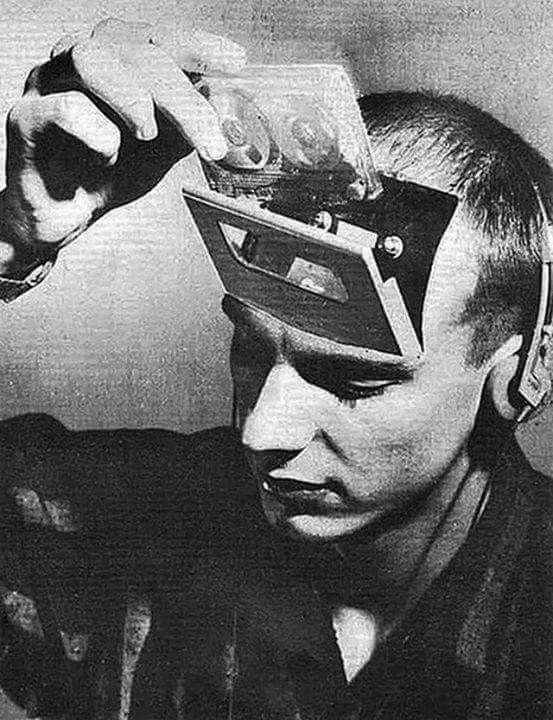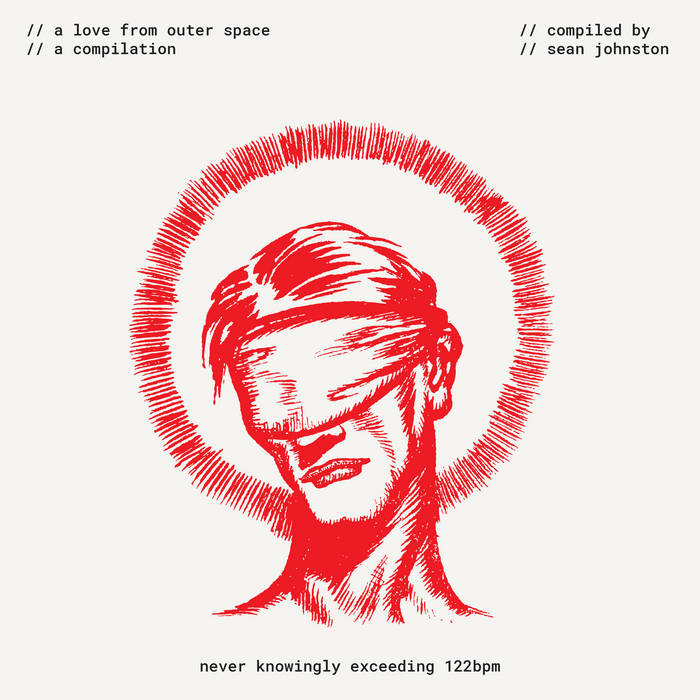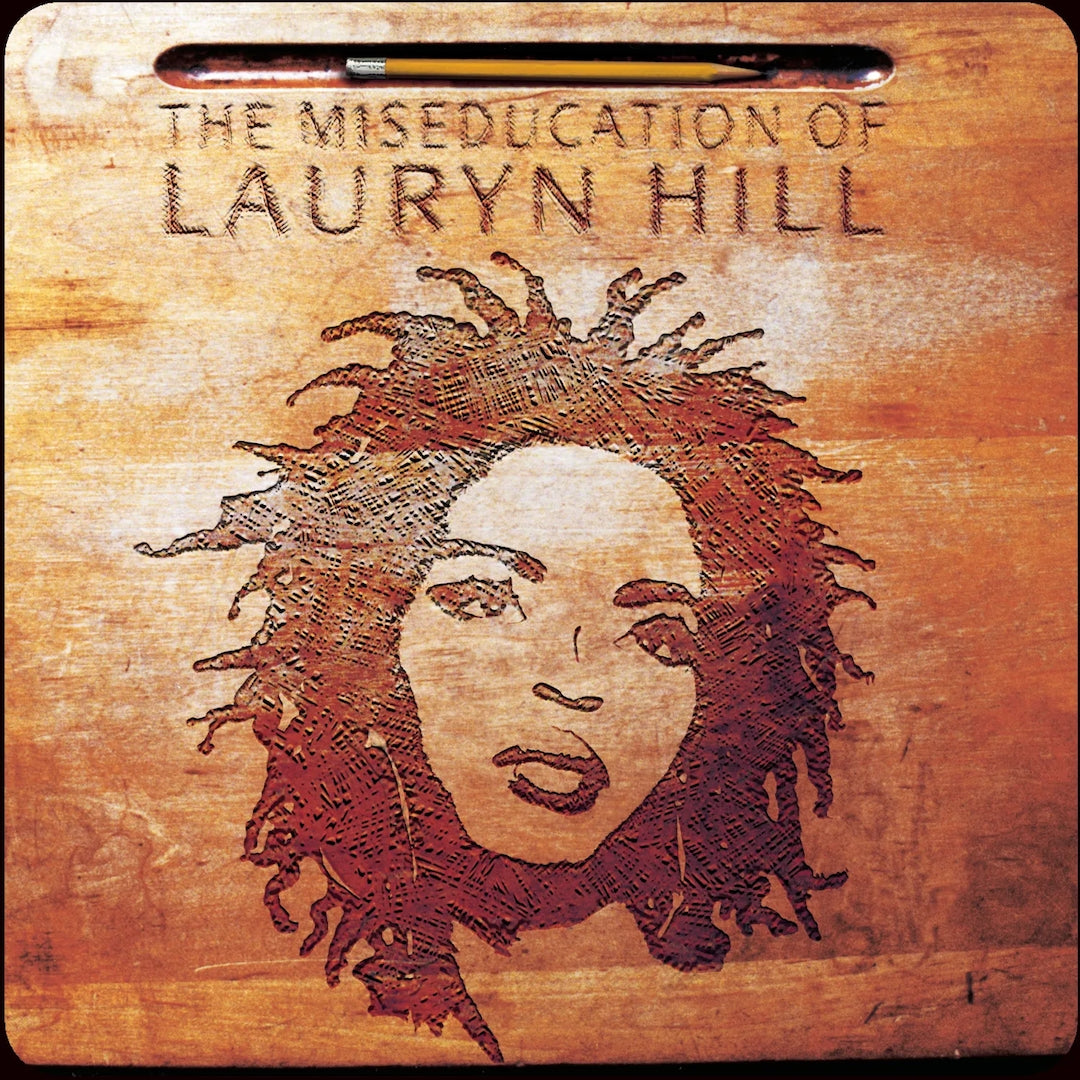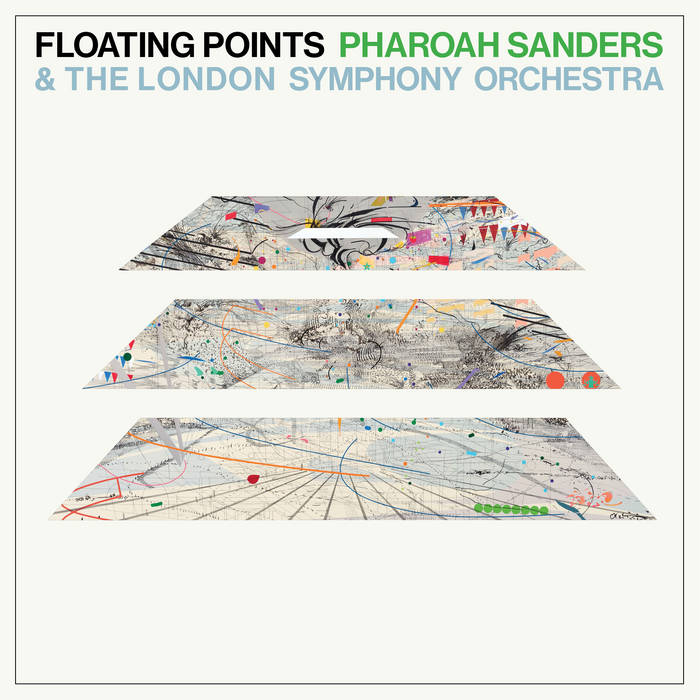Best known for contributions to ambient music and electronica, Brian Eno has become one of the most influential figures in music. Self-described as a ‘non-musician’, Eno reinvented what music could be and how and why we chose to listen to it.
Born in Suffolk in 1948, Eno was born into a musical family. His grandfather was a saxophonist and bassoon player, whilst day to day he built and repaired pianos and church organs, which would later have an influential role on Eno. By 1964, Eno had developed an interest in the arts, so decided to enrol in the Ipswich School of Art, taking on an art degree led by multimedia artist Roy Ascott. Throughout his time here, Eno developed his practice and began to push the boundaries. Once recalling, he played piano tennis, where he hit keys with tennis balls. Eno continued his artistic career and studied for a diploma in Fine Arts at Winchester School of Art before graduating in 1969, which coincided with a move to London.

After working several jobs in London, including as a paste-up assistant, Eno quit and became an electronics dealer, buying and fixing old speakers. After two years in London, it was in 1971 that his break came. Eno co-formed Roxy Music after a chance conversation with saxophonist Andy Mackay at a train station. Eno later said: "If I'd walked ten yards further on the platform, or missed that train, or been in the next carriage, I probably would have been an art teacher now". After playing on Roxy Music’s first two albums, Eno went solo releasing Here Come the Warm Jets and Taking Tiger Mountain (By Strategy).
By 1974, Eno had discovered something entirely new. Around this time, Eno was writing new material for a third solo studio album. However, in January 1975, Eno was hit by a taxi cab while crossing the street and spent several weeks in bed recuperating. During this time, one of Eno's friends had brought him a record of 18th-century harp music and left it playing. He realised that the amplifier was set to a very low volume, and one channel of the stereo was not working, but he lacked the fitness to get up and correct it. The rain began to pour and Eno quickly recognised the effect this was having on him. It drew him closer in, listening to the combination of environmental sounds and quiet peaceful music. Upon recovery, Eno began to experiment, pursuing what he had heard.

Between July and August 1975, he recorded what would become Another Green World. The album was released on 14 November 1975 but did not chart in either the United Kingdom or the United States. The album predominantly featured instrumental tracks, with notable fragments of minimalism and avant-garde tensing throughout the 40-minute record. Whilst, it didn’t have the effect he desired immediately, what transpired was the creation of a new genre of music.

Brian Eno has worked alongside everyone from David Bowie to David Byrne to Laraaji to Damon Albarn and U2 and has delved into many disciplines from activism, art and writing. His ability to constantly create and renew makes him such an important figure in 20th-century music, let alone his contributions to ambient music.






